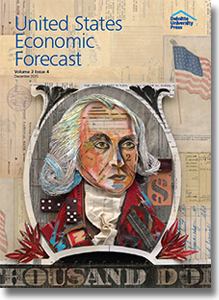Deloitte 2016 United States Economic Forecast
As Europe and China show continued weakness and uncertainty, the US economy appears strong - though, as always, outside events and internal conflict may intervene, but the big question is whether the pace of productivity will pick up.
Things are looking pretty good for the US economy.
Short-run indicators suggest reasonably strong consumer growth and non-energy business investment spending.
Job growth has continued to be fast enough to pull down unemployment, inflation remains a non-problem, and the federal government appears to be poised to be a helpful presence for the economy in 2016.
The recent federal budget agreement included a modest increase in spending, and while this may not do much to fix the country’s long-run budget problems (which are mainly the result of an aging population and expensive health care), that spending increase will likely translate into a small boost to economic growth next year.
The economy may need that boost, if only to counter ongoing weakness from abroad. Cold shocks seem to hit Europe and China in alternate quarters, and the global economy staggered from the reemergence of the Greek crisis in the spring, to the Chinese stock market crash in the summer, to Europe’s refugee and terrorism crises in the fall.
The latest news from China has been relatively positive - with an emphasis on relatively. China’s challenges still look pretty big, and the country’s ability to switch to consumer-led growth is unproven.
Meanwhile, while the Fed is talking about raising interest rates, the ECB is thinking about more quantitative easing. That’s an indication of overall weakness in Europe, a weakness that the slipping euro seems unable to solve.
And so we return to the old story for the US economy. Since 2010, whenever it has looked as though the US economy is poised for stronger growth, something turns up to spoil the party. From the Greek crisis (and the tentative approach to solving it) to the continuing US government budget problems to China’s serial asset bubbles (first in property, then in stocks), outside events have, in succession, held back US growth.
Joined to that is the slowdown in productivity growth. US productivity growth fell off in the mid-2000s, and - despite many hopeful predictions (including ours) - there are few signs of it picking up again. If productivity growth continues to lag, economic progress will likely remain painfully slow.
We therefore continue to see asymmetric risks to the US economy. The probability of slow growth is higher (25 percent) than that of fast growth (15 percent), while chances of a recession remain small. Even if China or Europe (or perhaps even both) fall into a recession, the US economy can continue to grow - albeit more slowly.
If, however, there is an accompanying financial shock, the impact could be severe. In the baseline, we’ve always assumed that Europe and China both find their economic footing. We still hope that’s the case. But the main risk to the US economy is that it’s not.
What’s Related
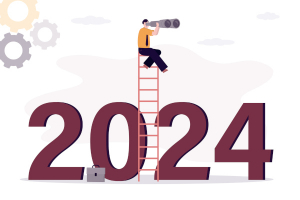
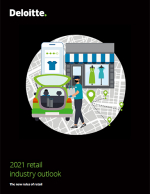
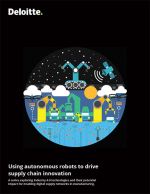
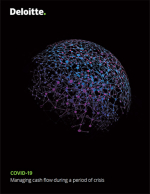
Favorites





